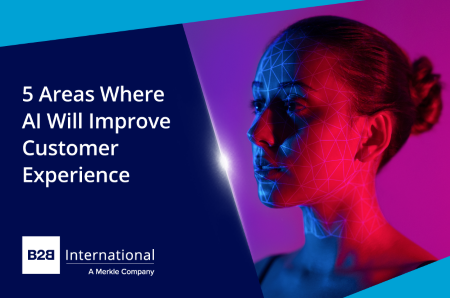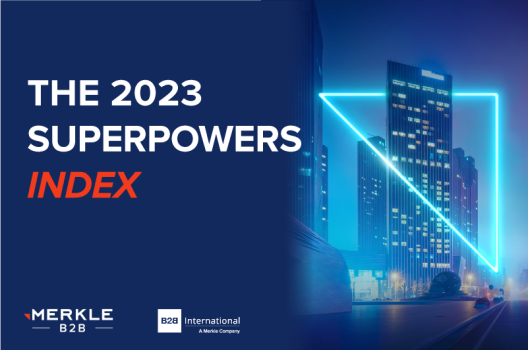
The AI revolution is fast approaching. While still in their early days, innovations such as generative AI are already showing promise for marketing and market research. But how will AI improve the delivery of great customer experience, particularly from the point of view of the customer?
Here are 5 areas we feel AI has the potential to improve customer experience:
1. Personalized communications and recommendation engines
AI systems analyze huge amounts of data, allowing brands to deeply understand their customers’ individual preferences, behavior, and purchase history. Marketers can then put this data to good use by making specific recommendations to customers and delivering tailored marketing messages and offers.
AI-powered recommendation engines are widely used in e-commerce, streaming services, and content platforms. Amazon, for example, uses its recommendation engine to suggest products of interest across its site and within its email marketing. Platforms such as Spotify and Netflix use AI algorithms to deliver personalized music, film and TV show recommendations to users based on their listening habits and viewing history.
2. Increasingly powerful chatbots and virtual assistants
AI-powered chatbots and virtual assistants use natural language processing and machine learning algorithms to understand customer queries and provide instant and accurate responses. Brands who make use of this next generation of chatbots can significantly improve response times, reduce wait times, and enhance the overall customer support experience.
Bank of America enhanced its digital banking experience by introducing an AI-powered virtual assistant called Erica which provides personalized financial guidance, assists with transactions, and answers customer queries, all via the bank’s mobile app.
3. Voice and image recognition
Advances in AI technology have also simplified the shopping experience. Voice assistants like Siri, Alexa, and Google Assistant enable customers to interact with devices and services using natural language, making tasks more intuitive and convenient. Meanwhile, image recognition enables retailers to deliver personalized product recommendations based on visual preferences.
Security is another valuable use case for voice recognition. Banks, for example, can use the technology to check whether callers are who they say they are, removing the need to ask security questions and saving customers’ time.
4. Predictive analytics
AI-powered predictive analytics enable brands to anticipate behavior and proactively address customer needs by analyzing historical data to identify patterns and trends. For example, AI can predict customer churn, allowing brands to take pre-emptive actions to retain customers and deliver a greater experience.
The Starbucks app provides value to customers by using predictive analytics to estimate wait times at nearby stores and suggest personalized recommendations based on previous purchases.
5. Sentiment analysis
By analyzing customer feedback, reviews, and social media mentions, AI-powered sentiment analysis helps brands to understand customer perceptions and satisfaction, identify issues, and quickly address them. Proactively resolving customer problems is key to enhancing the overall experience and building loyalty.
Two great examples of AI-powered sentiment analysis in action are Airbnb, which analyze customer reviews and feedback to identify recurring issues to enhance the guest experience, and Southwest Airlines, which monitor social media platforms to track conversations and sentiment trends to proactively address concerns and deliver better customer service.
AI promises to revolutionize customer experience by providing personalization, faster support, accurate recommendations, proactive actions, and efficient decision-making. By using AI, brands will be able to deliver enhanced experiences, strengthen customer satisfaction, and build long-term customer relationships.



